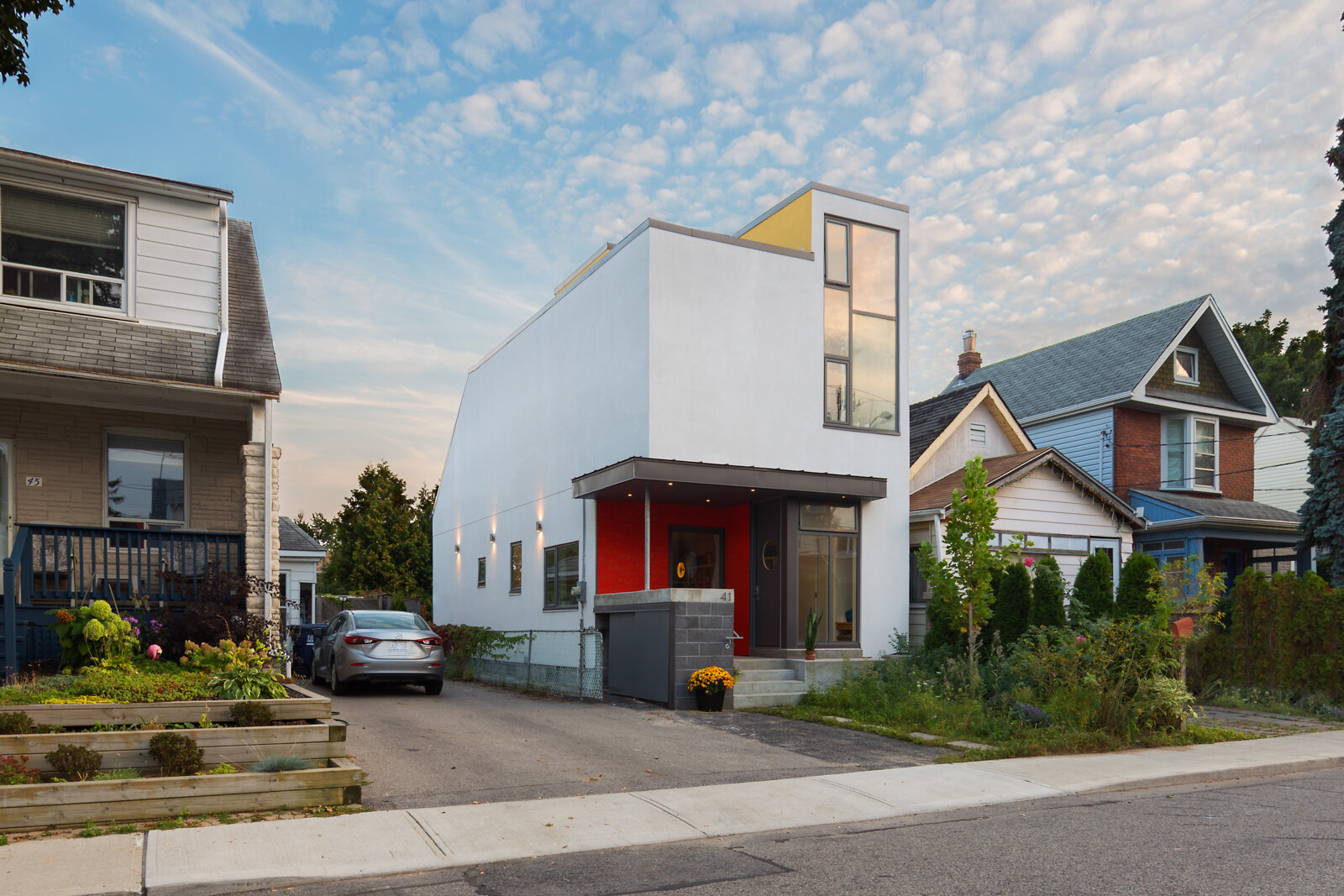Why should I care?
We are in the last 50 or so days of good, predictable weather and decent vegetation before we are stuck with cold, shitty weather for the following 6 months which makes architectural photography quasi-impossible. Some projects are suitable to be photographed in winter, but these are the exception to the rule. Timing a project with a snowfall is also extremely challenging as winter snow tends to turn into slush in the city after a day or two and believe me when I say you don’t want to shoot in those conditions. If you’re an interior designer you might think “Haha, nice try, but this doesn’t apply to me!” as you’re not subject to weather.
While you’d be correct in thinking so from a technical and logistical perspective, let’s not forget the dreaded award season, from post-christmas to the early summer, where most award submissions are due. Marketing professionals spend most of that time working on submissions, on top of the million other things they usually have to do like managing social media, RFPs, etc. Based on my experience, most of them do not want to deal with managing photoshoots on top of that.
Ok, so all of this is self-serving, but how does it apply to me?
I’m glad you asked. Well, taking into consideration all of the above, what that means to you, is that by and large, you are left with 60 days (90 for interior design projects) to plan, execute and complete your photography projects before everyone in your office switches to holiday mode and slows down to a crawl for about a month, spending more time thinking about that vacation in Gstaad or the dreaded presents they need to get for their incredibly hard to please in-laws.
Considering that it takes easily 3-6 weeks to plan, prepare for and execute a shoot, there isn’t a lot of time left to get that accomplished. With professional pictures in hand before the the season’s end, you will be able to do the following:
Promote your latest 2018 projects to prospects with the goal to sign new clients, and keep feeding new prospects in your pipeline.
Have your images ready for your winter slump, when your marketing people will want to have them handy for the 10 million + 2019 award submissions they’re going to prepare. Believe you me, they will thank you.
Wrap up the current year with completed projects, which should bring a sense of accomplishment to your practice and boost morale before the seasonal affective disorder sets in. Happy employees = productive employees.
Take advantage of the winter slump to plan and prepare your 2019 press submissions and scour the newest editorial calendars, in order to time your media relations accordingly and increase your chances of being published, not to mention that beautiful photographs will help you in the matter.
All of the above, accomplishes one thing: it makes your practice more efficient and more effective on many fronts. Which results in less time spent scrambling to get something done at the last minute, more time to do other important business things (or more time for yourself) as well as a long-term increase in your profitability because you now run a lean, mean business development machine.
After all, who wouldn’t like more time and increased profits?
If you have questions about this article or rvltr, or want to book your fall 2018 shoot, you can reach us at hello@rvltr.studio.






